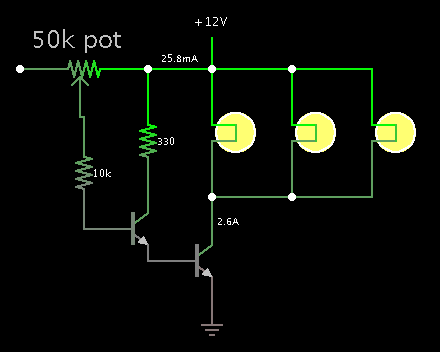Ryan Kamba
Newbie level 2

- Joined
- Mar 11, 2014
- Messages
- 2
- Helped
- 0
- Reputation
- 0
- Reaction score
- 0
- Trophy points
- 1
- Activity points
- 22
I have a cabin cruiser (boat) that I have just built a new dashboard for and installed all new gauges. Previously there was no dimmer switch for the dash lights. At night the old gauges were blinding while cruising. The new gauges are brighter yet, so I'm sure they'll be even worse.
Inside each gauge is a 12v 194 bulb (same style you'll find in an automotive dash or side courtesy light). These are regular non LED bbulbs.
My question is, can I just install a rheostat in the power supply wire? Or is it more complex than that?
Inside each gauge is a 12v 194 bulb (same style you'll find in an automotive dash or side courtesy light). These are regular non LED bbulbs.
My question is, can I just install a rheostat in the power supply wire? Or is it more complex than that?


